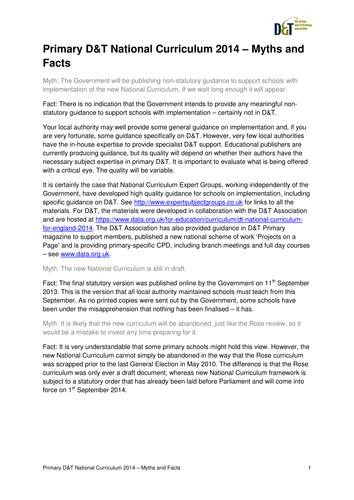Design & Technology Association's Shop
Design and Technology (D&T) is the inspiring, rigorous and practical subject which prepares all young people to live and work in the designed and made world. We are focused on giving you the tools, knowledge and information you need to become more effective, more experienced and more efficient.















